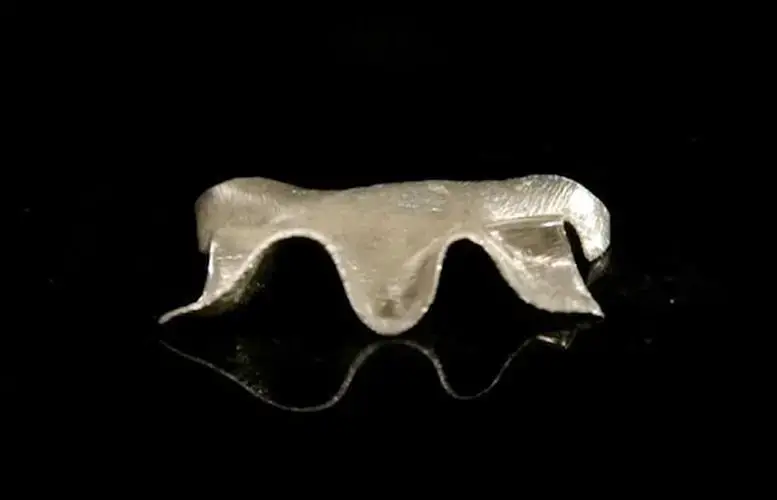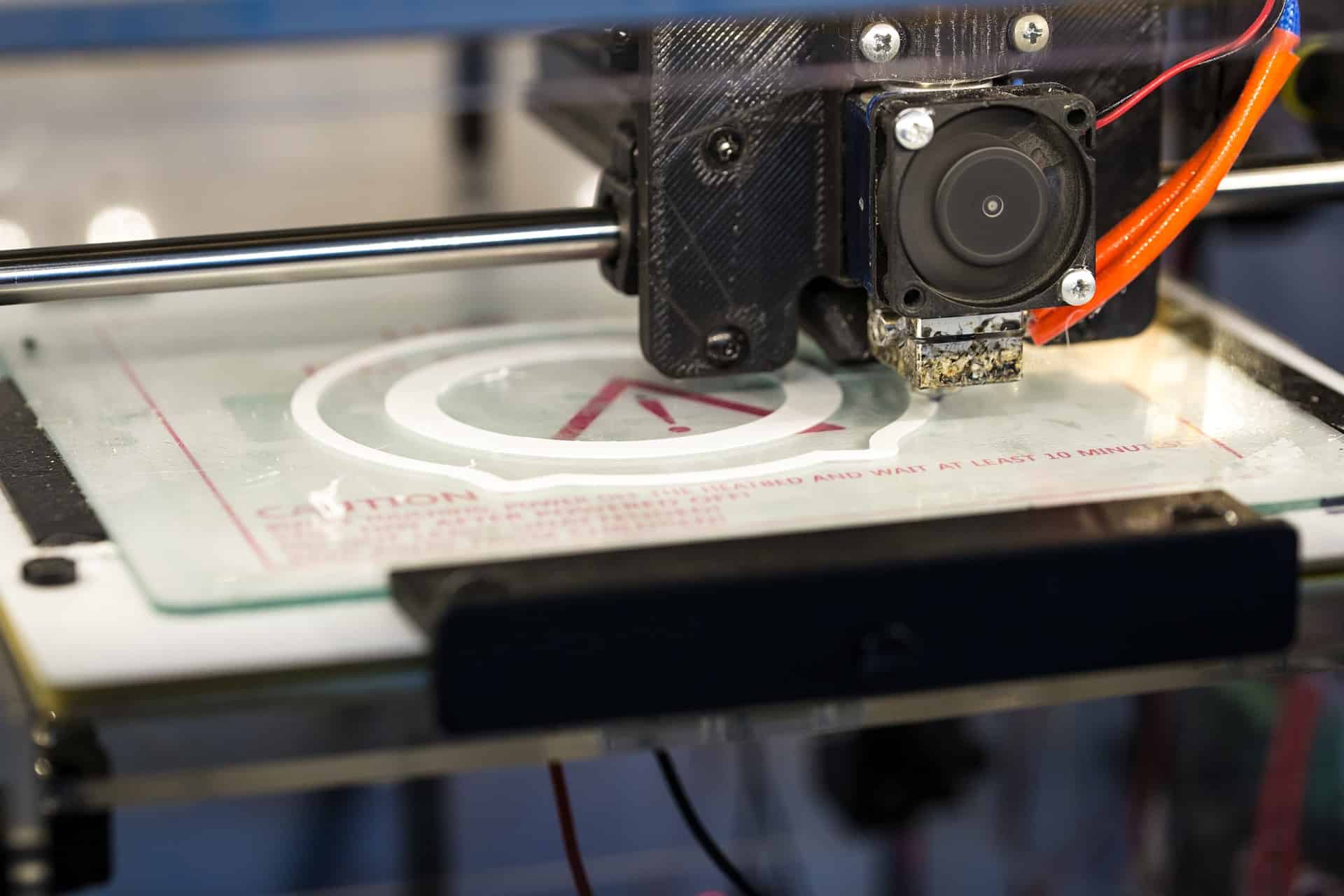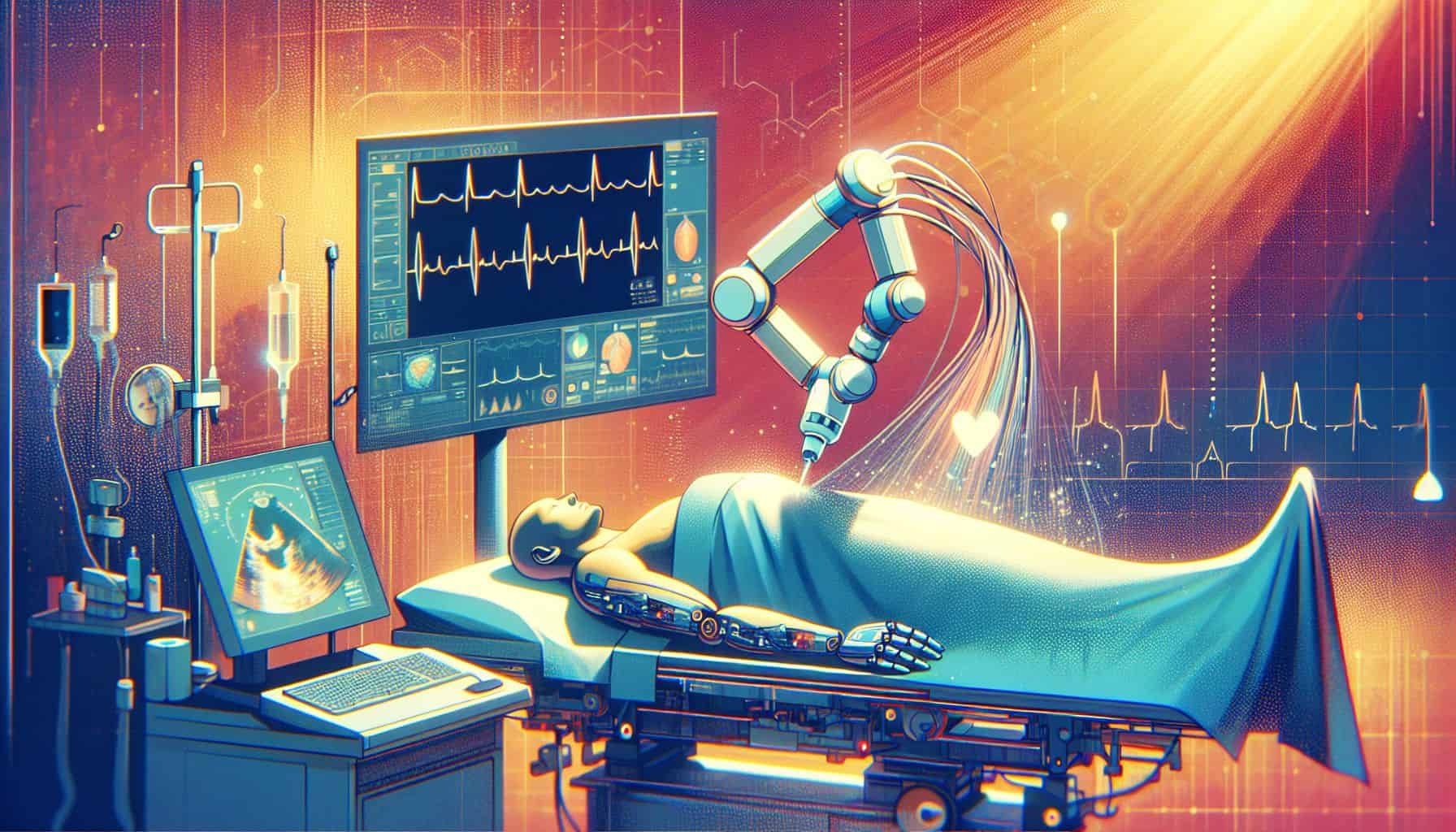
They look more like bugs than a Terminator T-1000, and they excel at being human-friendly: soft robots are here. Employing cutting-edge materials like crosslinked networks of liquid crystal polymers (LCNs), they are poised to transform diverse sectors such as healthcare, sensing, and remote communication. Offering high adaptability and safer human interaction, these robots can mimic human and animal functions, incorporating soft tissues and organisms. LCNs, responsive to various stimuli, promise rapid, complex shape morphing, enhancing the performance of traditional hard robots. However, their interaction with water presents a challenge, particularly for aquatic environments.
- Liquid crystal polymers make shape-shifting soft robots a reality.
- These robots are more lifelike and promote safer interaction with humans.
- The field is still in its infancy, and numerous hurdles are to be overcome.
LCNs: The material revolutionising soft robotics
Liquid Crystal Polymers (LCNs), a material previously confined to the screens of our laptops and televisions, has found a new purpose in the world of robotics. Comprising crosslinked networks, LCNs are not only responsive to a variety of external stimuli, but they also possess the ability to undergo rapid and programmable shape morphing. This unique characteristic has placed them at the forefront of soft robotics, an emerging field that is redefining the way we imagine and interact with machines.
Unlike their rigid counterparts, soft robots, created from compliant materials, mimic the flexibility and adaptability of living organisms. They offer high degrees of freedom, allowing for shape-change adaptability, and promote safer interaction with humans. From replicating the intricate movement of an octopus’s arm to emulating the human heart’s contraction, these robots are designed to seamlessly integrate into our natural world. However, the relationship between the promising LCNs and water remains complex, posing challenges for their application in aquatic environments.

Where soft robotics can make an impact
Despite the challenges, the potential applications of soft robots are vast and diverse. From biomedical applications to the food and agriculture industry, soft robotics is finding its way into numerous sectors, offering innovative solutions to age-old problems. In the biomedical field, for example, they are revolutionising surgical procedures, post-surgical processes, and minimally invasive surgeries. In the agricultural sector, they are being employed for tasks such as food handling and packing.

Moreover, soft robotics is seeing a significant market growth, with projections indicating that the soft robotics market could reach a staggering $6,369.04 million by 2026. As this technology advances, it’s expected to transform industries, making processes more efficient, safer, and adaptable. These advancements are particularly critical in high-risk industries, where soft robots’ ability to mimic human working styles could significantly reduce employee injuries.
Challenges and future directions of soft robotics
Despite the promising developments in soft robotics, the field still grapples with significant challenges. The limited affinity of LCNs to water hinders their thermal actuation underwater, restricting their use in aquatic applications. However, several methods such as assisted water diffusion, induced hygroscopicity, and hybridization could potentially improve LCNs’ hygroscopic responsiveness.
Looking towards the future, the development of soft robots using LCNs holds promise for creating robots with problem-solving capabilities that can navigate real-world challenges. Advancements in electroactive polymers, artificial muscles, and electro-adhesion will enable soft robots to exhibit more human-like dexterity and mobility. The potential integration of soft robotics with e-textiles opens up new possibilities for wearable smart garments and other industrial applications.
Conclusion: A soft future
Soft robotics, through the use of compliant materials and technologies like LCNs, represents a new frontier in the field of robotics. By mimicking the flexibility and adaptability of living organisms, these robots are not only revolutionising our interaction with machines but also paving the way for innovations that were once confined to the realm of science fiction. As this technology continues to evolve, the full impact of soft robotics on our world remains to be seen, but one thing is certain: the future of robotics is soft.








